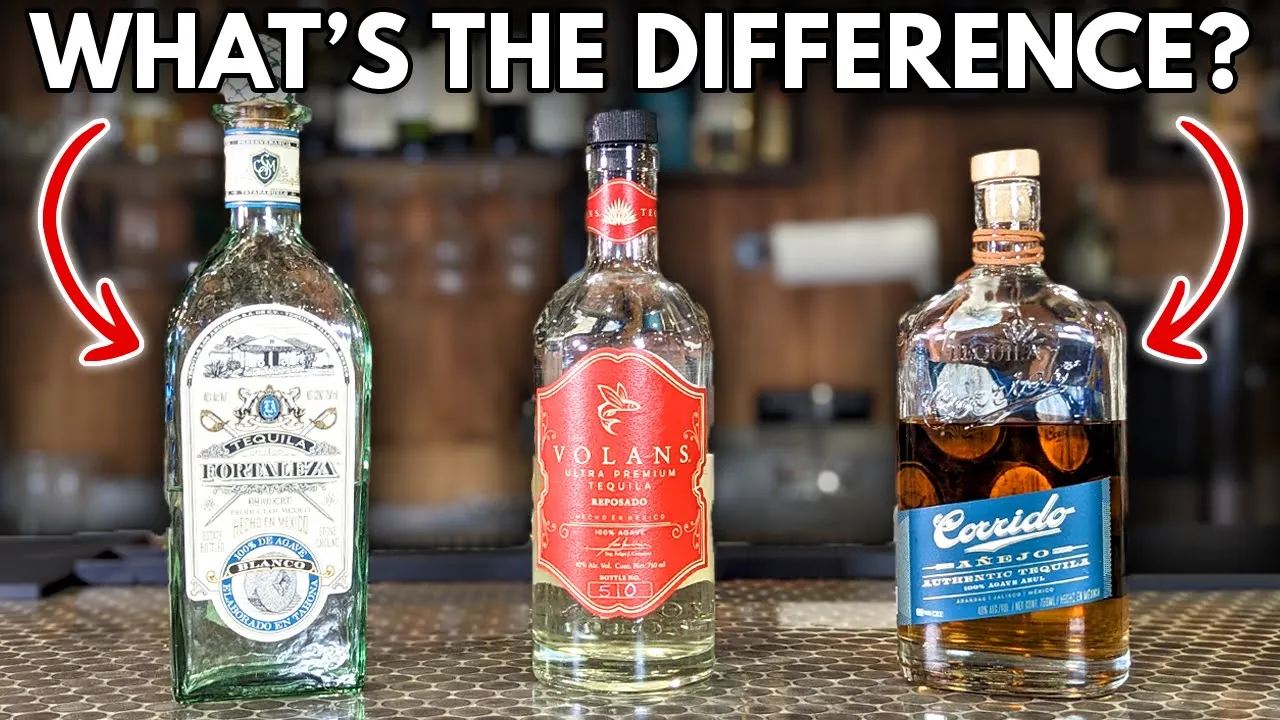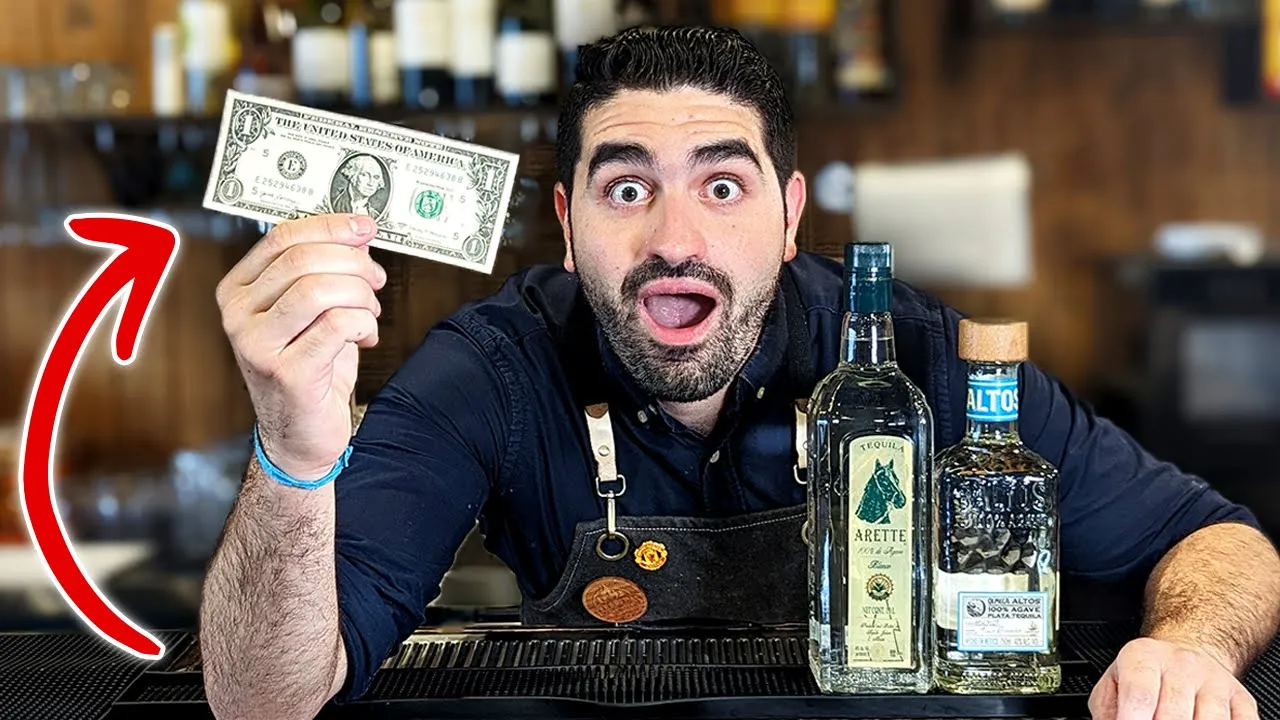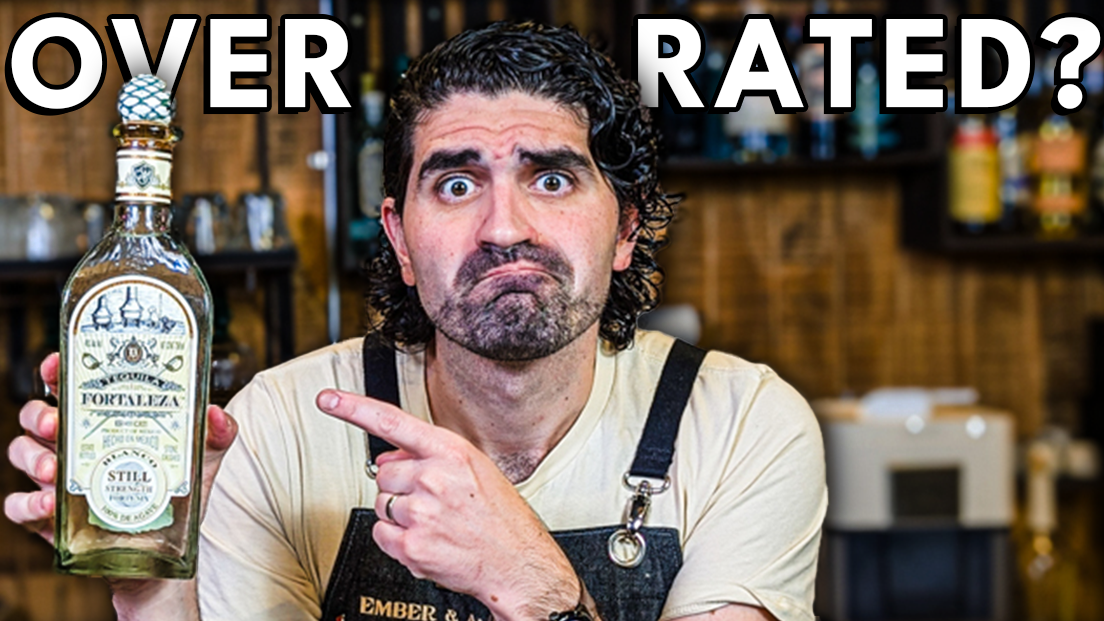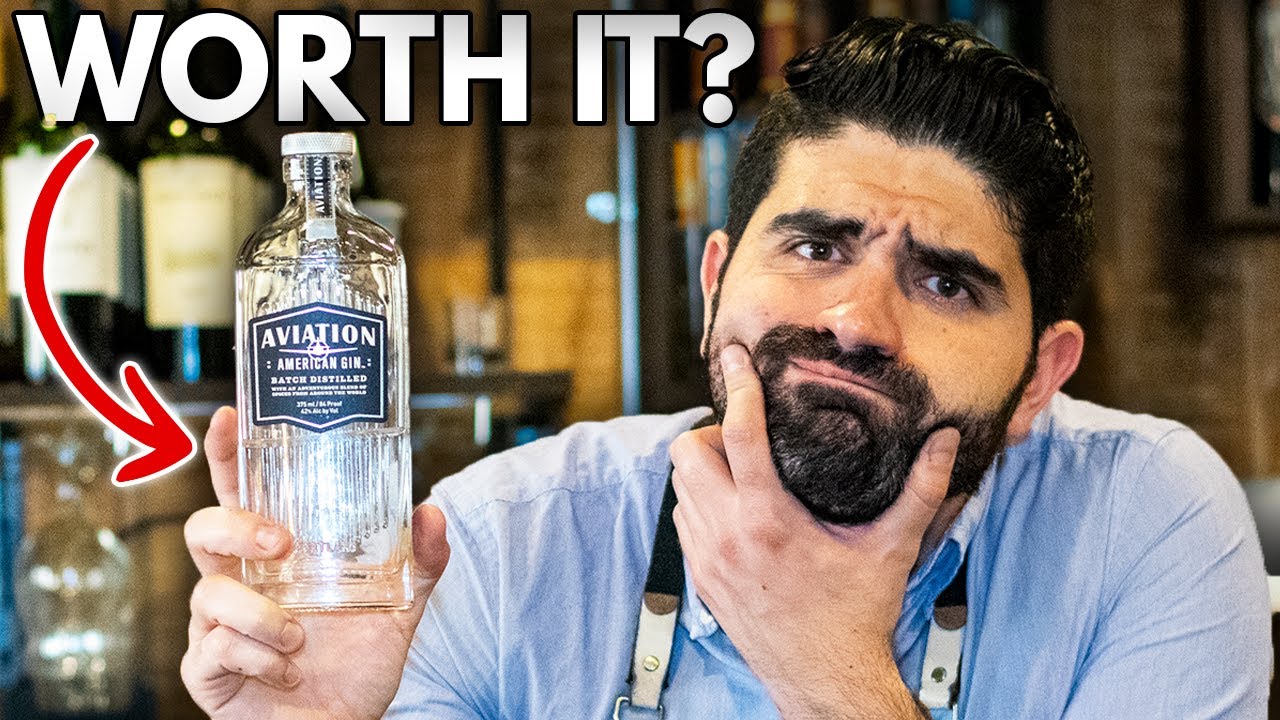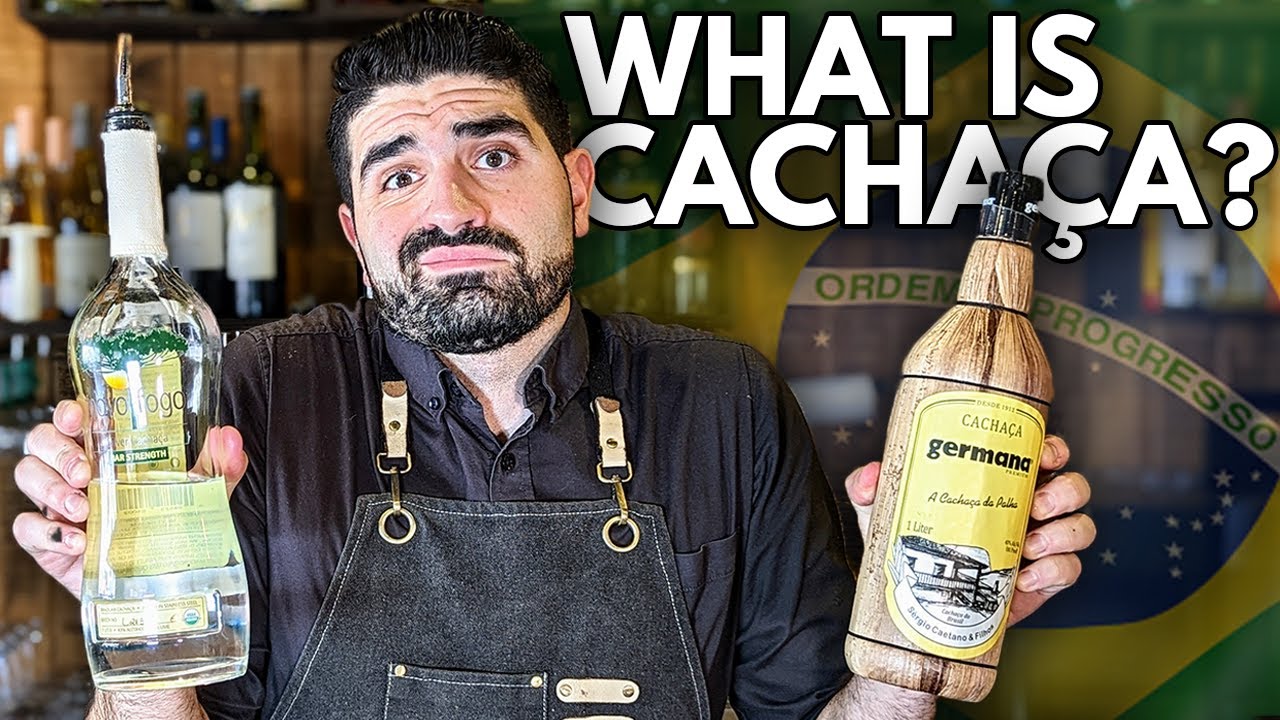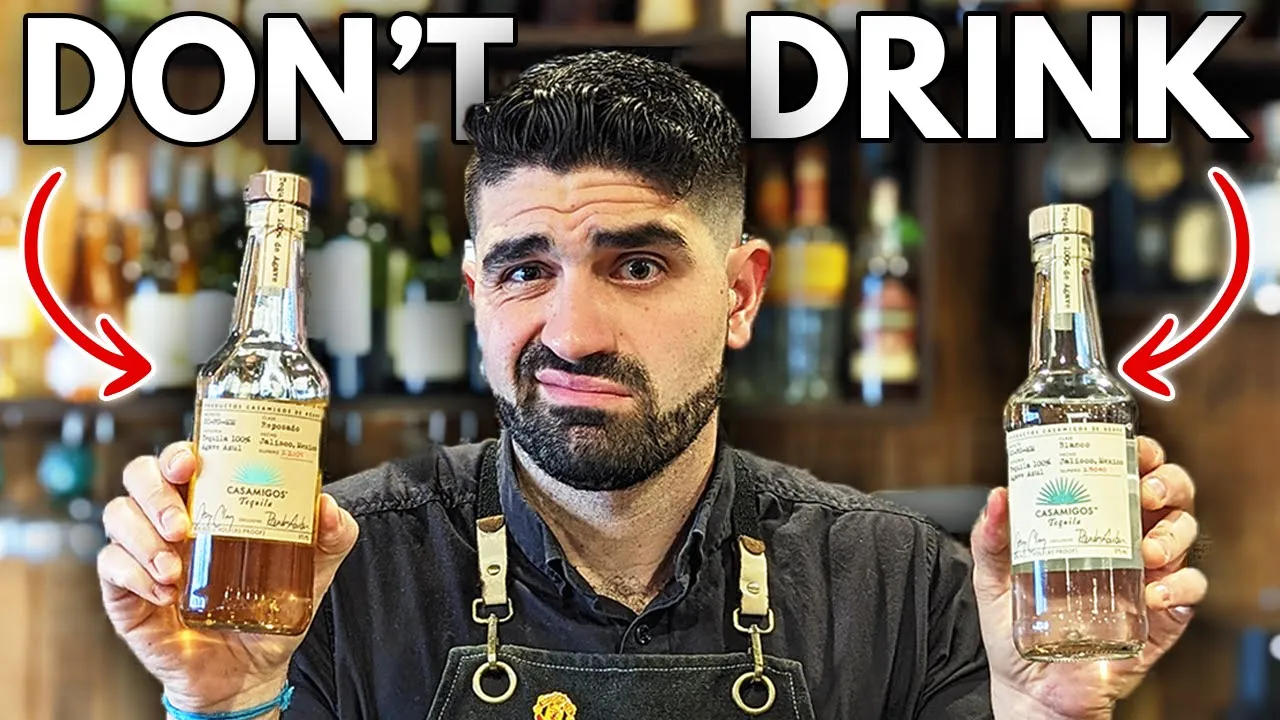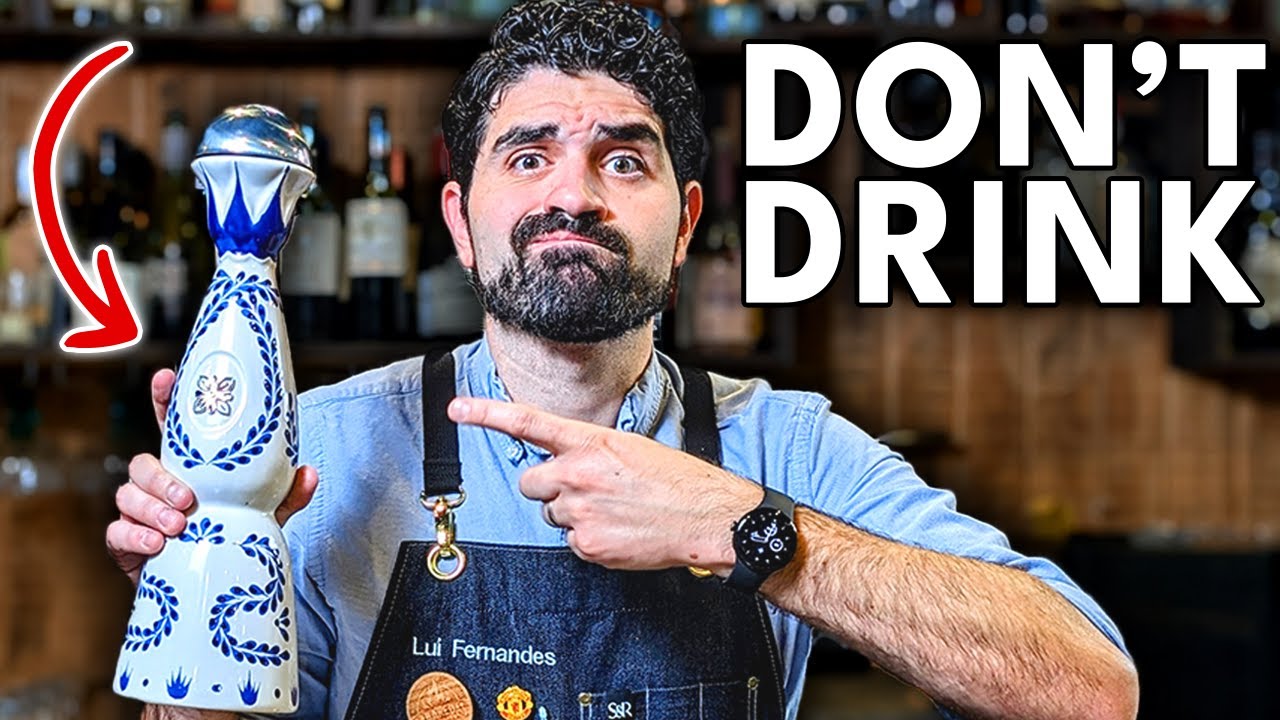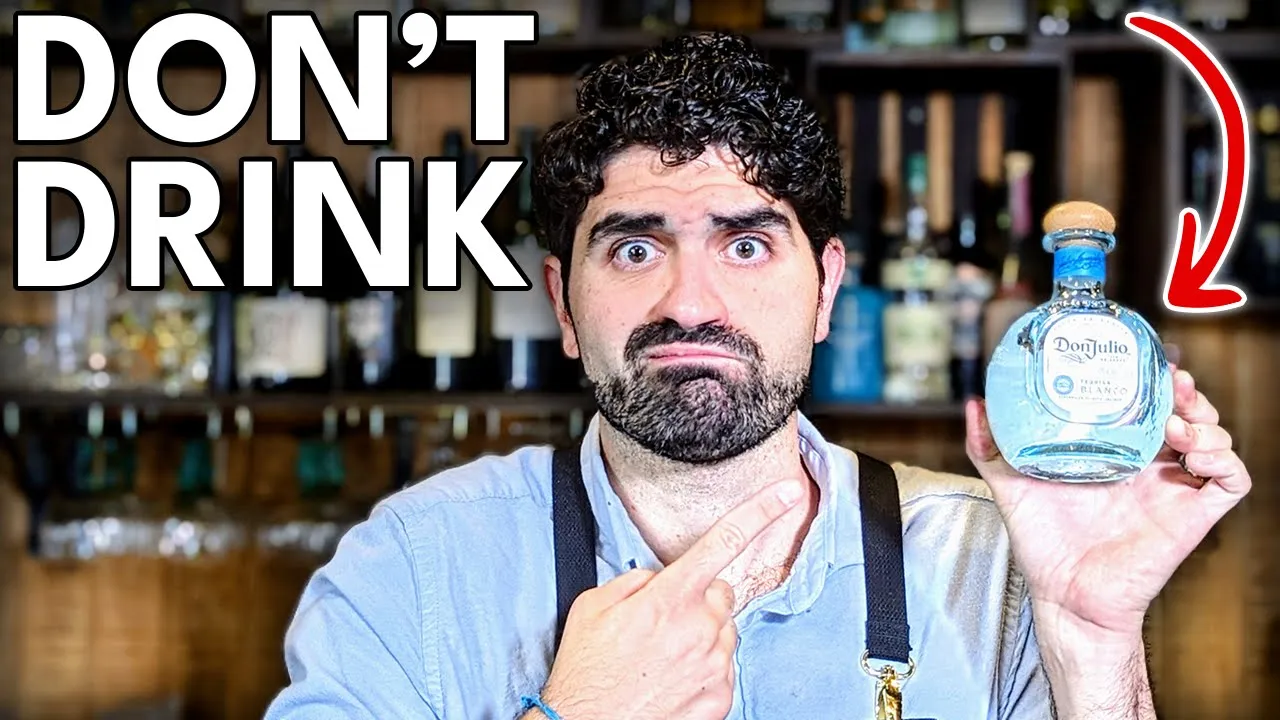Blanco, Reposado, vs Añejo? Understanding the Different Types of Tequila
Tequila is one of the most versatile and beloved spirits in the world, but with terms like Blanco, Reposado, and Añejo floating around, it can be hard to know what they mean—and which one is right for you. Whether you’re sipping it neat, mixing it into cocktails, or exploring the world of agave spirits, understanding the differences between these types of tequila is key to finding your perfect match. In this article, we’ll break down what each term means, how aging affects the flavor, and which style might suit your taste buds best.
Why are the Different Types of Tequila Aged?
Aging is a process where distilled spirits are stored in wooden barrels, allowing them to absorb flavors and characteristics from the wood. For many spirits, like whiskey, aging is essential to mellow out harsh flavors and create a smoother, more complex profile. However, tequila is unique because its unaged version—Blanco—is incredibly popular and celebrated for its pure, vibrant agave flavors.
That said, aging tequila can add depth, richness, and complexity, making it a fascinating spirit to explore. Let’s dive into the three main types of tequila and what sets them apart.
1. Blanco Tequila: The Pure Expression of Agave
- Aging: 0–2 months (typically unaged)
- Color: Clear or slightly tinted
- Flavor Profile: Bright, fresh, and agave-forward
Blanco tequila, also known as silver or plata tequila, is the purest form of the spirit. It’s usually bottled immediately after distillation or rested in stainless steel tanks for a short period. Some Blancos, like Montagave Blanco, are aged for up to two months in barrels, giving them a slight color and subtle complexity while still retaining their fresh agave character.
Tasting Notes:
- Raw agave
- Grassy or vegetal notes
- Citrus and pepper
Blanco tequila is perfect for cocktails like margaritas or Palomas, where its vibrant agave flavors can shine. It’s also a great choice for those who want to experience the true essence of tequila.
2. Reposado Tequila: The Best of Both Worlds
- Aging: 2–12 months
- Color: Light gold
- Flavor Profile: Balanced, with agave and oak influences
Reposado, meaning “rested” in Spanish, strikes a perfect balance between the freshness of Blanco and the richness of Añejo. Aged in oak barrels for up to a year, Reposado tequila develops subtle notes of vanilla, caramel, and spice while retaining its agave-forward character.
Tasting Notes:
- Roasted agave
- Butterscotch and vanilla
- Light oak and spice
Reposado is incredibly versatile. It’s smooth enough to sip neat but also works beautifully in cocktails, adding depth and complexity without overpowering other ingredients.
3. Añejo Tequila: The Sophisticated Sip
- Aging: 1–3 years
- Color: Deep amber or gold
- Flavor Profile: Rich, complex, and whiskey-like
Añejo tequila, meaning “aged” in Spanish, is the most mature of the three main types. Aged in oak barrels for 1–3 years, it develops deep, complex flavors reminiscent of whiskey or cognac. However, a well-made Añejo still retains its agave character, creating a unique fusion of flavors.
Tasting Notes:
- Caramel and butterscotch
- Oak and vanilla
- Roasted agave with a smooth finish
Añejo tequila is ideal for sipping neat or as a substitute in whiskey-based cocktails. Its rich, layered profile makes it a favorite among tequila connoisseurs.
Bonus: Extra Añejo Tequila
- Aging: 3–5 years
- Color: Dark amber
- Flavor Profile: Intensely rich and barrel-forward
Extra Añejo is a relatively new category, created in 2006 to meet the demand for ultra-aged tequilas. While it shares similarities with Añejo, its extended aging process results in a spirit that’s closer to whiskey or scotch. However, some argue that the intense barrel influence can overshadow the agave flavors, making it less “tequila-like.”
Tasting Notes:
- Dark chocolate and dried fruit
- Heavy oak and spice
- Smoky, whiskey-like finish
Extra Añejo is best suited for whiskey drinkers looking to explore tequila or those who enjoy deeply complex, barrel-aged spirits.
Which Different type of Tequila Is Right for You?
- Blanco: Choose Blanco if you love fresh, vibrant flavors and want to experience the pure essence of agave. It’s perfect for cocktails or sipping on a warm day.
- Reposado: Opt for Reposado if you want a balanced tequila that combines the best of both worlds. It’s great for sipping, mixing, or exploring the nuances of aged tequila.
- Añejo: Go for Añejo if you enjoy rich, complex spirits with a whiskey-like profile. It’s ideal for sipping neat or crafting sophisticated cocktails.
- Extra Añejo: Try Extra Añejo if you’re a whiskey enthusiast or want to explore the most intense, barrel-forward tequilas.
Final Thoughts on the Different Types of Tequila
Tequila is a spirit with incredible diversity, offering something for every palate. Whether you prefer the bright, fresh flavors of Blanco, the balanced complexity of Reposado, or the rich depth of Añejo, there’s a tequila out there for you. And if you’re feeling adventurous, Extra Añejo offers a bold, whiskey-inspired experience.
So next time you’re shopping for tequila, consider the aging process and how it influences the flavor. With this guide, you’ll be well-equipped to choose the perfect bottle for any occasion.

